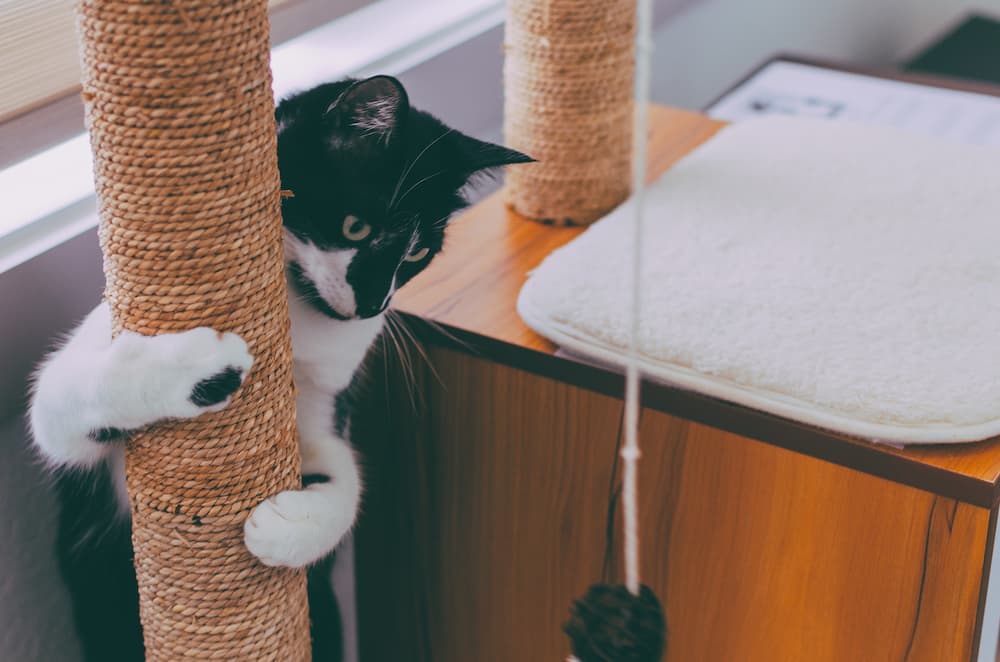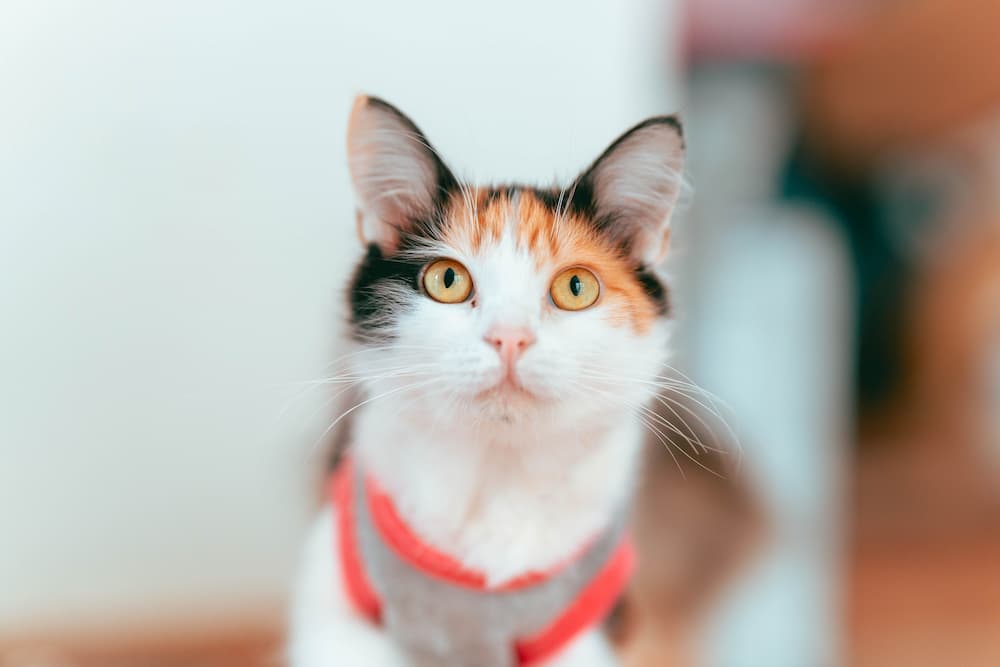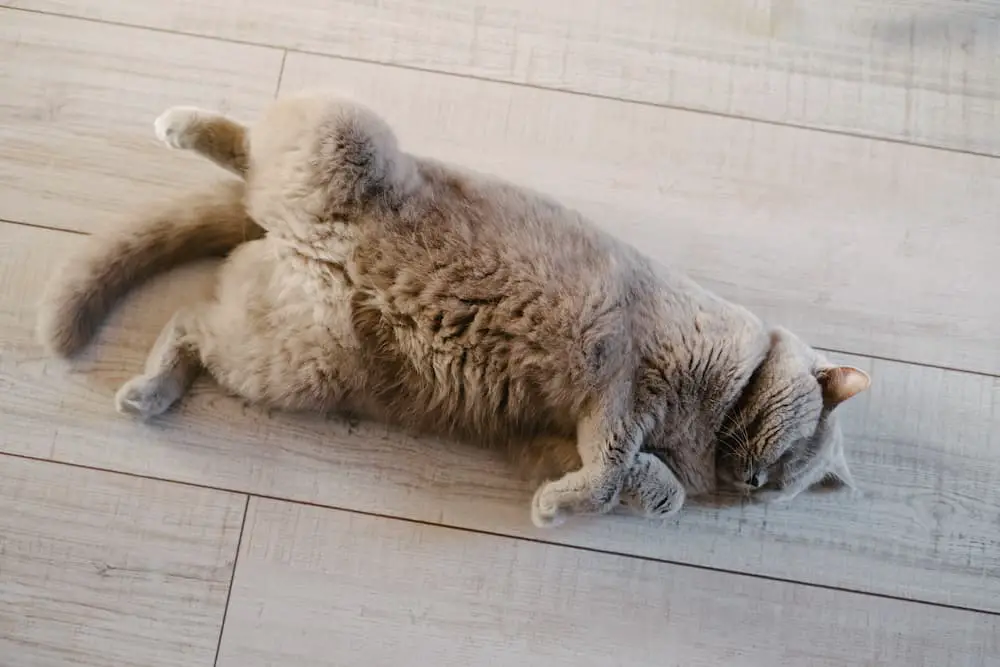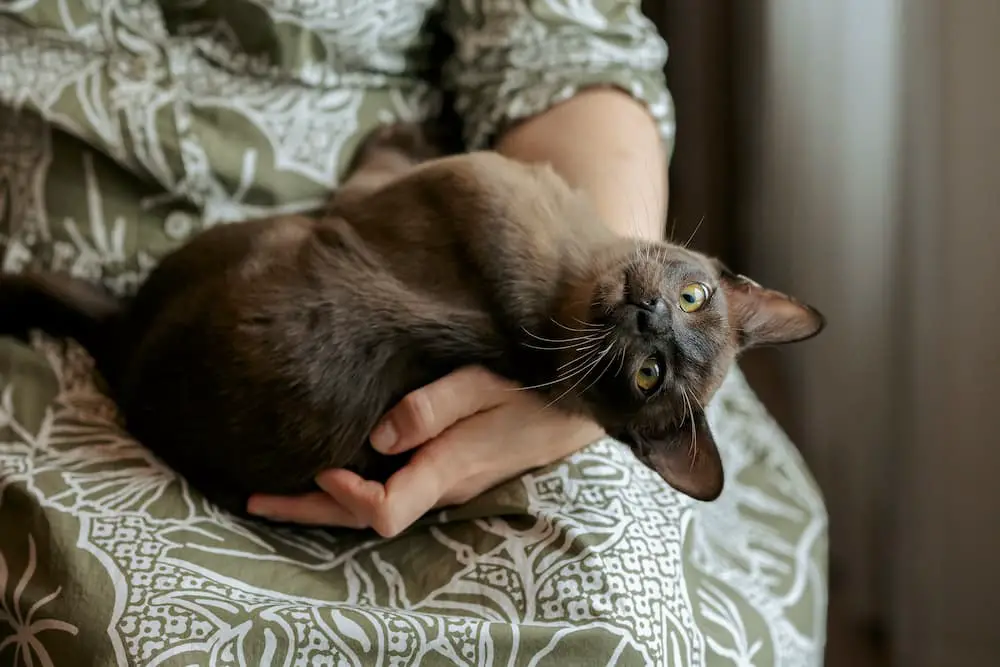Cats, with their adorable purrs and furry cuddles, also come with a less appreciated habit – scratching. But before you despair at the sight of shredded furniture, it’s crucial to understand why cats scratch and how we can help them do so appropriately.

Why Do Cats Scratch?
Scratching is a vital and instinctive behavior for cats. There are several reasons why your feline friend may be giving your favorite couch a new texture:
- Claw Maintenance: Scratching helps keep your cat’s claws in good condition by removing the old outer layer of the nail. It’s akin to a manicure session for them.
- Territory Marking: Cats have scent glands in their paws. When they scratch, they leave behind their unique scent, marking their territory.
- Exercise: Scratching serves as a full-body workout for cats, stretching out their muscles and tendons.
- Emotional Outlet: It’s also a way for cats to vent out any frustration or excitement.
The Importance of Scratching
As scratching is a natural behavior for cats, it’s essential to allow them to express it. Forbidding cats from scratching can lead to behavioral issues and frustration. By providing appropriate outlets for this instinct, you’re contributing to their physical and emotional well-being.
Providing Appropriate Scratching Surfaces
To save your furniture from becoming a scratching post, provide your cat with plenty of acceptable alternatives. These can include scratching posts, boards, or even specially designed cat trees. Consider different materials like carpet, sisal, or cardboard, as cats have individual preferences.
Placement of these scratching surfaces is also crucial. Cats often scratch after waking up from a nap or when they’re excited. So, placing a scratching post near their sleeping area or in a frequently used room can be useful.
Why Declawing Should Never Be an Option
While it might seem like an easy solution to the scratching problem, declawing is a harmful and painful procedure that should never be considered. Declawing doesn’t just remove the claw; it involves amputating a portion of the cat’s toe. This can result in long-term pain, behavioral changes, and even difficulty walking.
Instead of resorting to such extreme measures, consider alternatives like regular nail trims or using soft nail caps on your cat’s claws. Remember, understanding and respecting your cat’s natural behaviors will lead to a happier and healthier life for your feline friend.
In conclusion, scratching is not a destructive behavior, but a natural instinct for cats. By providing them with appropriate outlets for their scratching and respecting their needs, you’re ensuring a happy coexistence with your feline companion.







